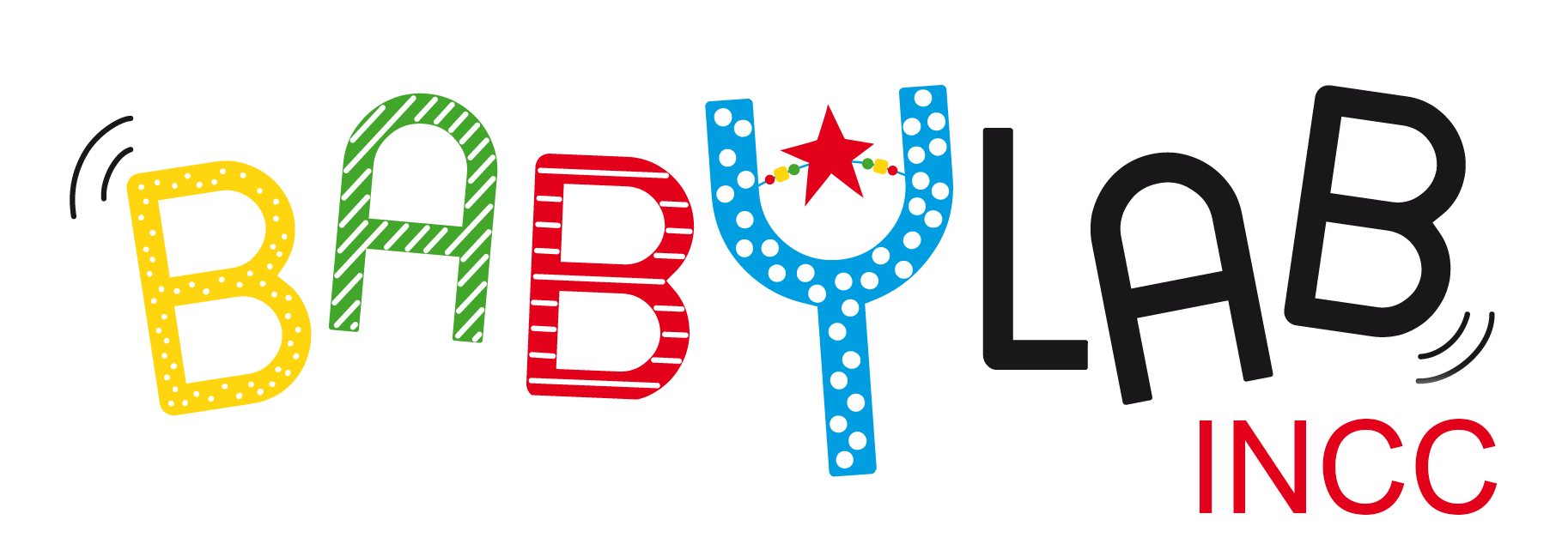Jacqueline Fagard
Emeritus CNRS Research Director

My main interest is to understand how infants learn to control their hands. Visuo-manual coordination is often used to test infant’s understanding of object properties (for instance manual adaptation to the object’s physical characteristics), his capacities for problem solving (for instance tool use), or his early capacities for social interactions (for instance communicative and declarative pointing). But the hands also represent the most important motor system the infant has to learn to control during his first few months of life. My work aims at understanding how the sensorimotor constraints bearing on the manual system interfere with the level of cognition revealed by early manual behavior. For that purpose, topics studied by myself or collaborators include handedness (in relation to language development and language lateralization), bimanual coordination, and tactile awareness of the hands.
Selected Publications
– Petkovic, M., Chokron, S., & Fagard, J. (2016). Visuo-manual coordination in preterm infants without neurological impairments.Res Dev Disabil, 51-52, 76-88.
– Fagard, J., Rat-Fischer, L., Esseily, R., Somogyi, E., & O’Regan, J. K. (2016). What Does It Take for an Infant to Learn How to Use a Tool by Observation? Front Psychol, 7, 267.
– Fagard, J., Florean, C., Petkovic, M., Rat-Fischer, L., Fattori, P., O’Regan, J.K. (2015). When do infants understand that they can obtain a desired part of a composite object by grasping another part? (2015). Infant Behavior & Development, 41, 169–178.
